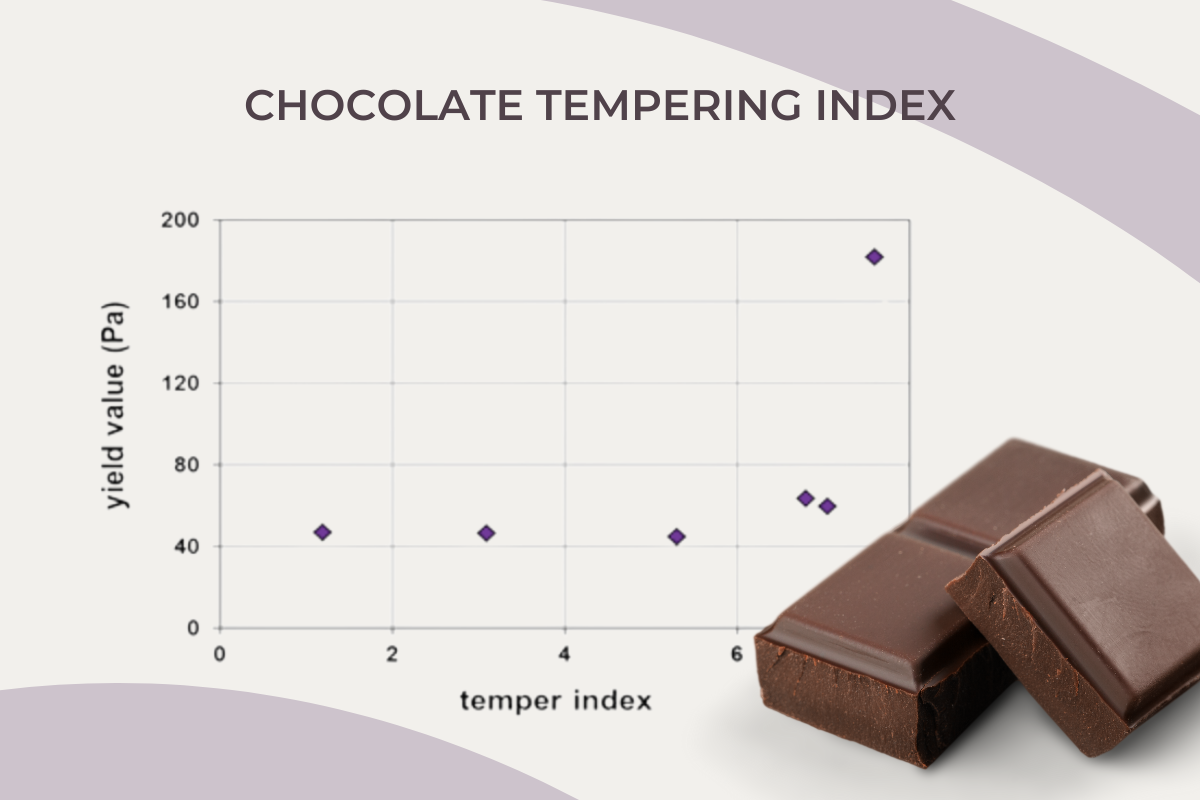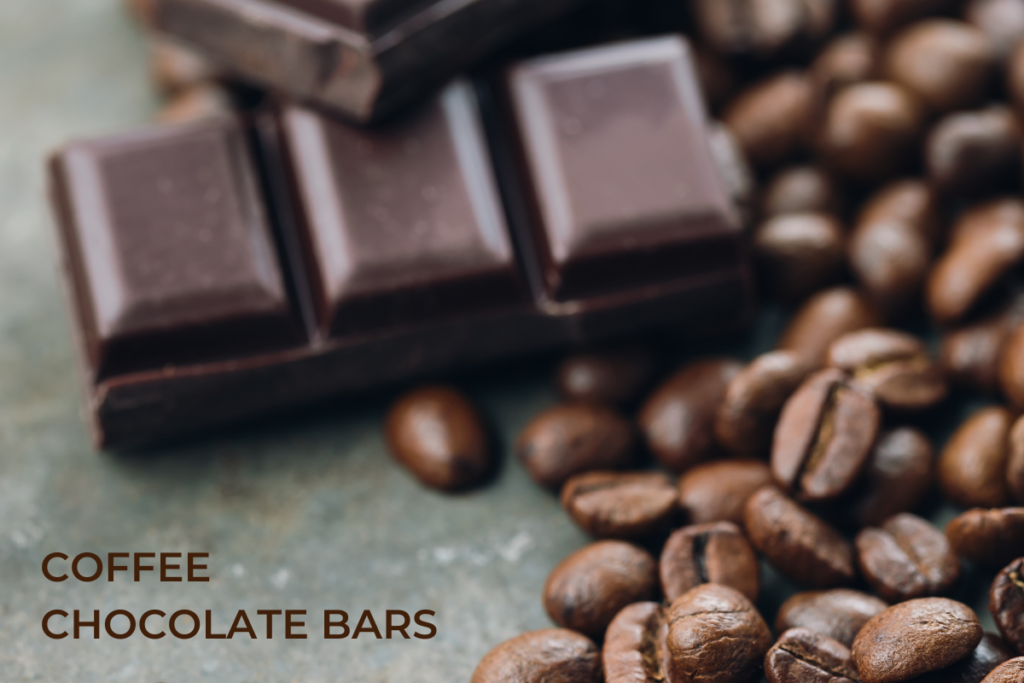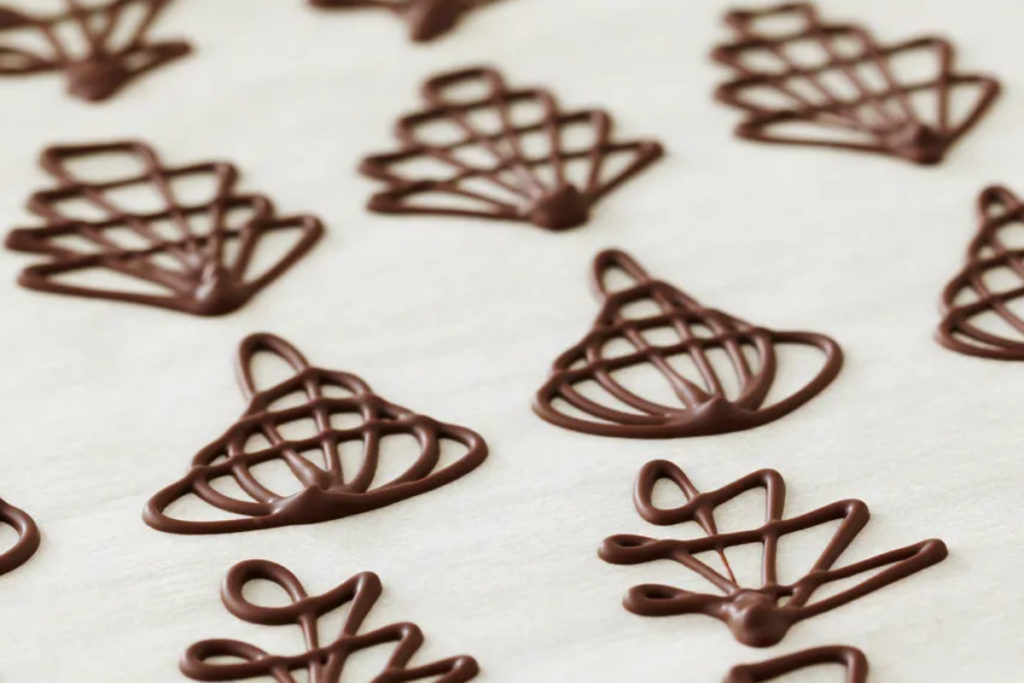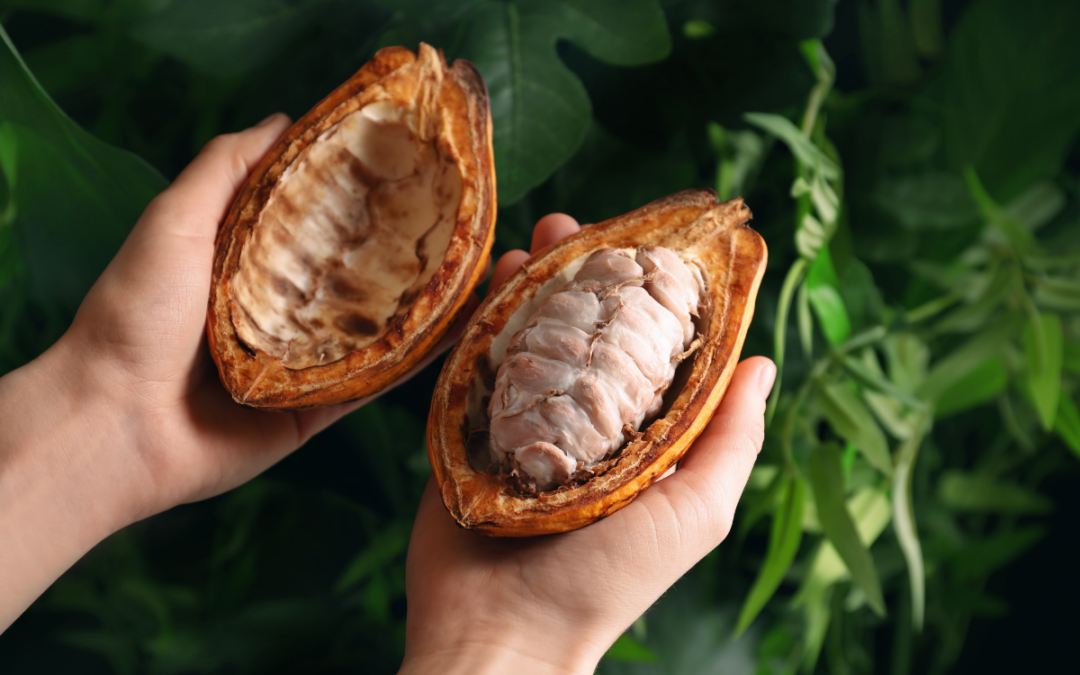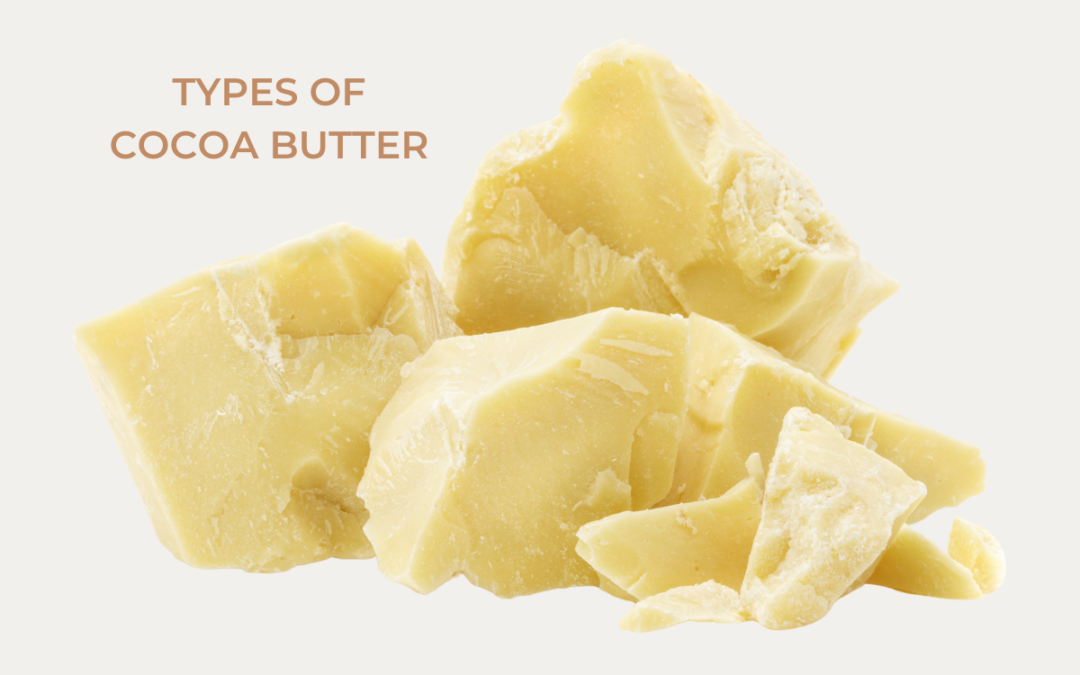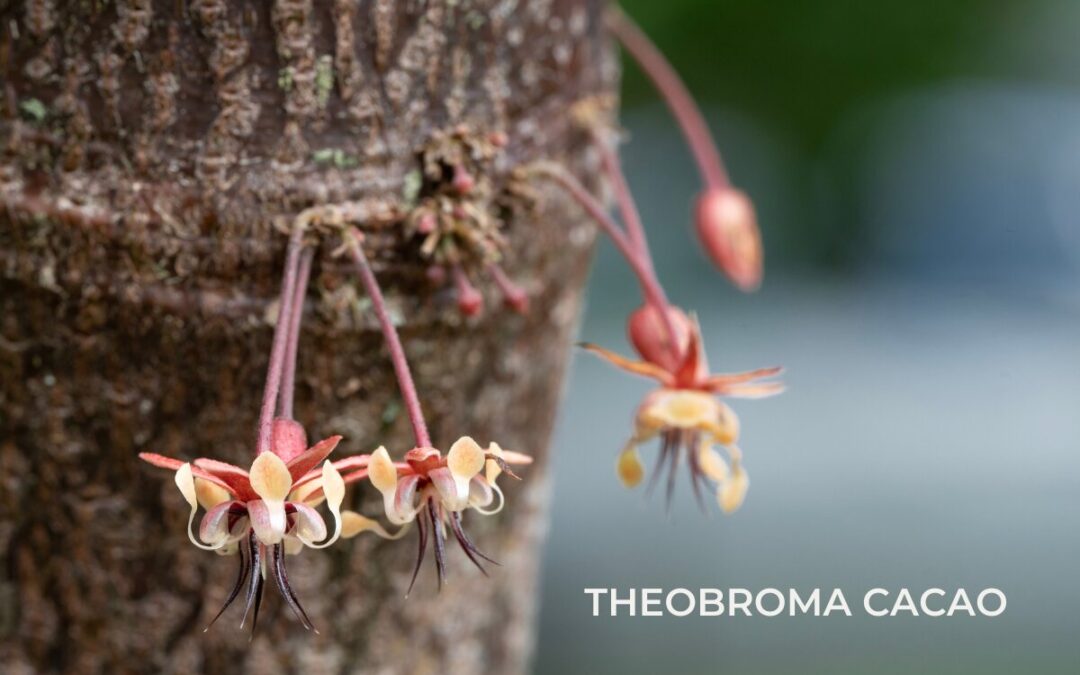The word “tempering” can sound intimidating when it comes to chocolate, but it’s an essential skill every chocolatier needs to master for making great chocolate. In this article, we’ll explain the Tempering Index, a useful measurement for checking the quality of tempered chocolate. This index measures the state of cocoa butter crystals, which affects the texture, look, and overall quality of the chocolate. Keep reading to find out how you can calculate the Chocolate Tempering Index and improve your chocolate tempering skills.
What is chocolate tempering?
Tempering chocolate is a controlled cooling process that forms microscopic cocoa butter crystals within the melted chocolate. These crystals, when properly set, give the chocolate its desired texture, glossy appearance, and satisfying snap. While it may seem straightforward based on a quick scan of the instructions, tempering involves precise steps of melting, cooling, and reheating the chocolate while constantly stirring or agitating it.
Read more about the details of chocolate tempering in this article.
Understanding Chocolate Tempering Index
The Chocolate Tempering Index evaluates the crystalline structure of cocoa butter to determine if chocolate is under-tempered, over-tempered, or perfectly tempered.
The science behind pre-crystallized chocolate
Tempering chocolate is the process of forming the right type of cocoa butter crystals. There are six different crystal types, only one of which is desired for tempered chocolate. When done correctly, tempered chocolate will have a shiny finish and most importantly a great snap. This process works by carefully controlling temperature and movement to create the desired crystals. Understanding how pre-crystallized chocolate behaves helps chocolatiers get the perfect consistency for molding, coating, and other chocolate-making techniques.
What is a temper meter?
A temper meter is a tool used to check if chocolate is properly tempered. Proper tempering means the cocoa butter has the right crystal structure, which gives chocolate a smooth texture and shiny finish.
To use it, you fill a small cup with melted, tempered chocolate and place it in the temper meter. The machine cools the chocolate very precisely and measures its temperature every few seconds.
After five minutes, the temper meter shows if the chocolate is properly tempered or if it is over- or under-tempered. This helps chocolatiers adjust their tempering machines to get the best results. Properly tempered chocolate is easier to work with and has a better look and snap.
Check out TRICOR for more information about commercial temper meters. Unfortunately, at this time, there are no temper meters for home use.
Understanding the Temper Index in chocolate tempering
The Temper Index (TI) measures if chocolate is properly tempered. It helps determine whether the chocolate will set with a smooth, glossy finish and a firm snap. A temper meter checks this by analyzing how the chocolate cools.
Measuring the temperature of the chocolate provides a measure of whether or not the chocolate is properly tempered because as chocolate solidifies it actually generates a small amount of heat. As chocolate cools and solidifies, the cocoa butter is actually crystalizing on a molecular level. This crystallization process is exothermic, meaning that it generates heat (yes, it is somewhat mind bending that as it cools, it heats!). So, by measuring how much heat is being generated, you can understand how much crystallization is occurring.
How to read Temper Index results
Ideal Range (4 to 7) → Perfectly Tempered Chocolate
- A TI between 4 and 7 means the chocolate has the right balance of stable crystals.
- It will set with a smooth shine and a firm texture.
- It will melt at the proper temperature.
Too Low (< 4) → Under-Tempered Chocolate
- The chocolate may look dull or feel soft.
- It may take longer to harden and could develop fat bloom (white streaks).
- Fix: Keep stirring and cool slightly to form more stable crystals.
Too High (> 7) → Over-Tempered Chocolate
- The chocolate may thicken too quickly and become hard to work with.
- The final texture may feel too firm or grainy.
- Fix: Gently warm the chocolate (1–2°F) to melt excess crystals, then recheck the temper.
For more great articles and recipes, check out the rest of our CocoTerra blog.
If you have any questions or comments, feel free to contact us through our social media channels. We are @cocoterra_co on Instagram and Pinterest and @cocoterraco on X (aka Twitter) and Facebook.

